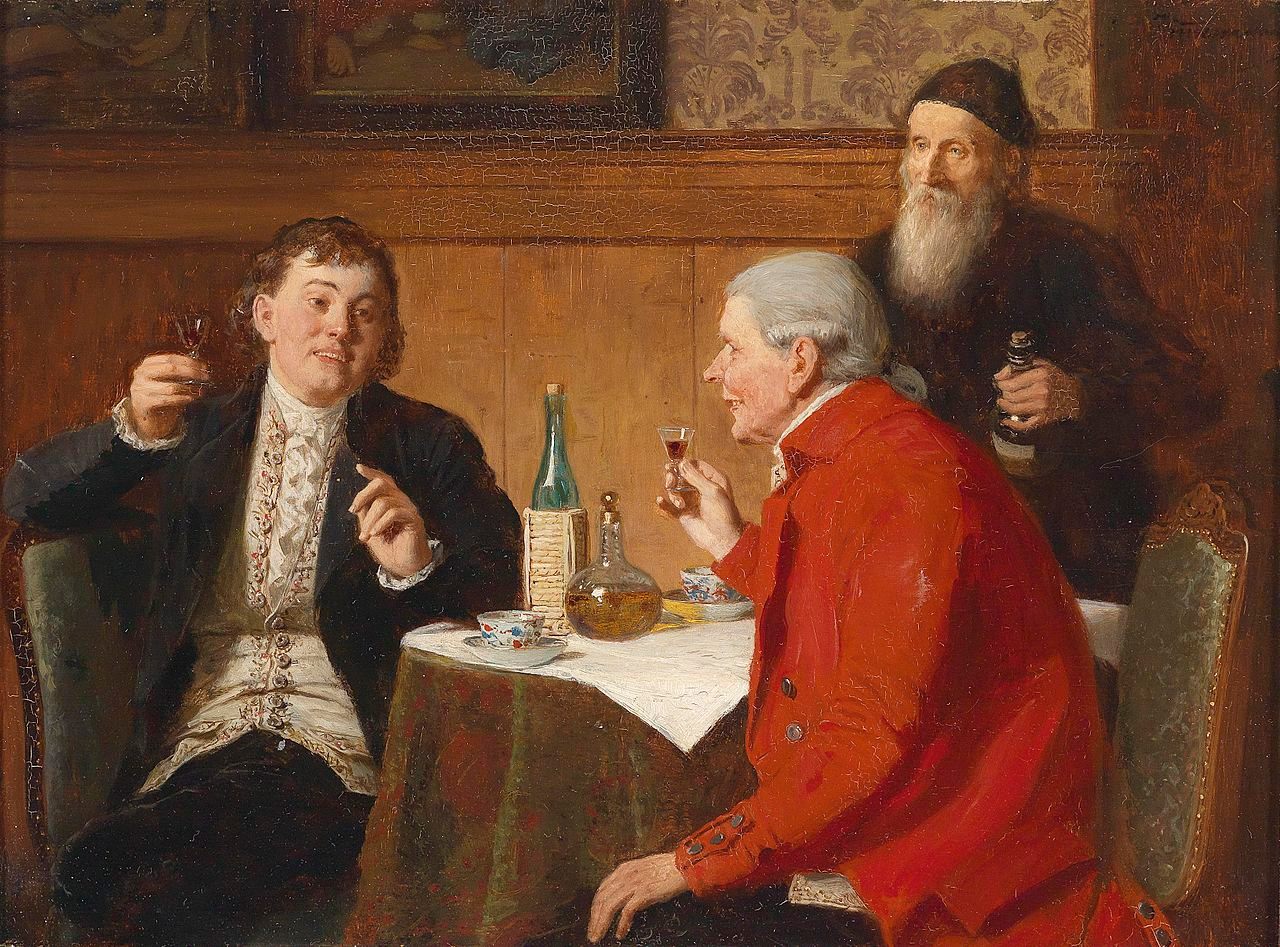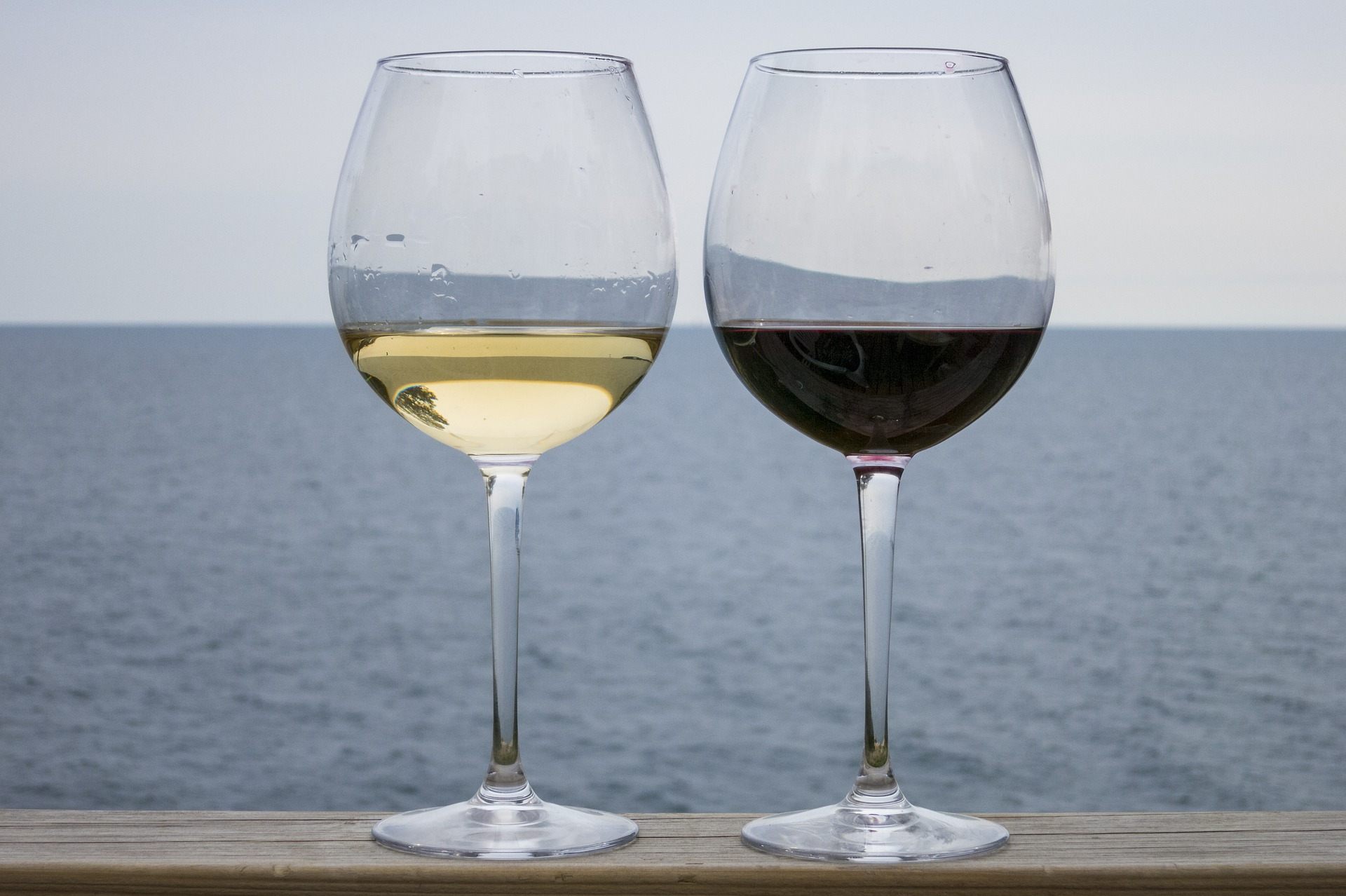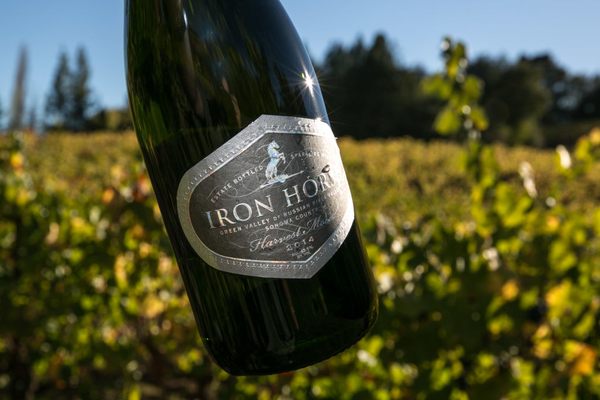Since 1700, Wine Glasses Have Gotten 7 Times Bigger
And they probably make us drink more.

We tend to think of our ancestors as hard drinkers. It’s fair, considering that for centuries booze was safer to drink than water.
But according to a British study published Wednesday, drinking, especially wine, is actually on the rise—and the way a wine glass’s size has grown over time might have something to do with it. In 1700, the average British wine glass held 66 milliliters of liquid. The wine glasses of 2017, on the other hand, hold a hefty 449 milliliters.
Wine-drinking in Britain historically has been a wealthy pursuit, says the director of the Cambridge Behavior and Health Research Unit and study author Theresa M. Marteau. The Romans planted vineyards during their rule, but overall, the climate proved too cold for the domestic wine industry to flourish. Marteau writes that until the late 20th century, everyone else preferred beer and spirits. But the British began drinking wine en masse in the 1960s, when it became trendy and easily available in supermarkets.
To study how wine consumption has changed, Marteau and her team measured 300 years’ worth of wine glasses. They gathered data on a total of 411 glasses from museum collections, glassware manufacturers, and eBay. By graphing the volume of a wine glass’s bowl to the date it was made, Marteau noticed that wine-glass size grew significantly over the centuries. Part of that shift may have been due to a 1746 tax on glassware, which explains why glasses from the mid-18th century were small. The tax was repealed about a century later, coincidentally during the Industrial Revolution. So making more and bigger glasses became easier than ever.

The size of wine glasses then steadily grew until the 1990s. Then, the glasses began growing very big, very fast, reaching about 300 milliliters by the year 2000. Marteau attributes this to a few factors. For one thing, wine appreciation flourished in the 90’s. Larger glasses let wine “breathe” and have mouths wide enough for a good swirl-and-sniff. The American glassware market’s demand for ever-larger glasses also found fans in Britain. And the larger glasses might have influenced how much gets drunk, too. These days, the average British pour of wine is 250 milliliters, “larger than the mean capacity of wine glasses available in the 1980s,” writes Marteau.
Not many people fill their wine up to the brim, and it’s possible that some wine-lovers are sipping 1700-era pours of wine from their 2017-era glasses. But past research has shown that on average, large tableware means people consume more as a consequence. Large wine glasses also might have an economic incentive, too. In an experiment, researchers found that serving wine in larger glasses at bars could increase sales by almost 10%.
For regulators keeping a worried eye on increased drinking, Marteau suggests encouraging the use of smaller glasses. After all, water is a bit safer to drink these days.
Gastro Obscura covers the world’s most wondrous food and drink.
Sign up for our email, delivered twice a week.




























Follow us on Twitter to get the latest on the world's hidden wonders.
Like us on Facebook to get the latest on the world's hidden wonders.
Follow us on Twitter Like us on Facebook